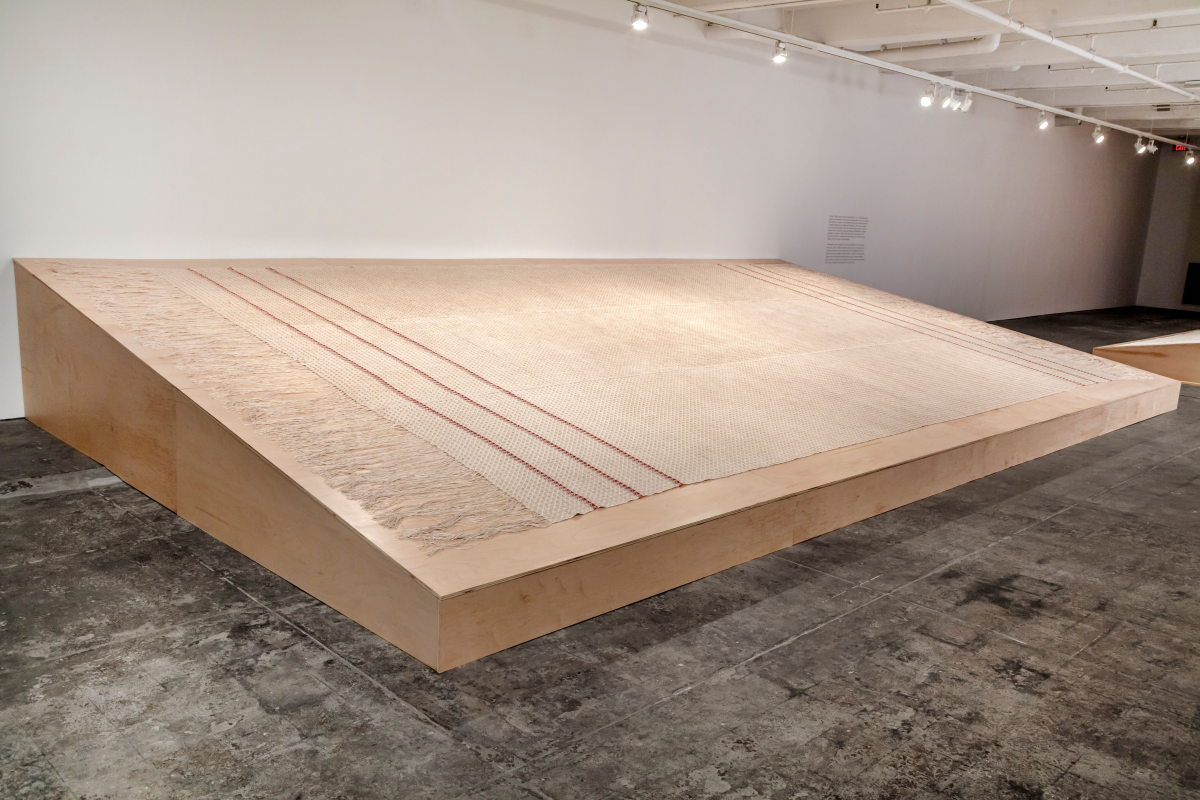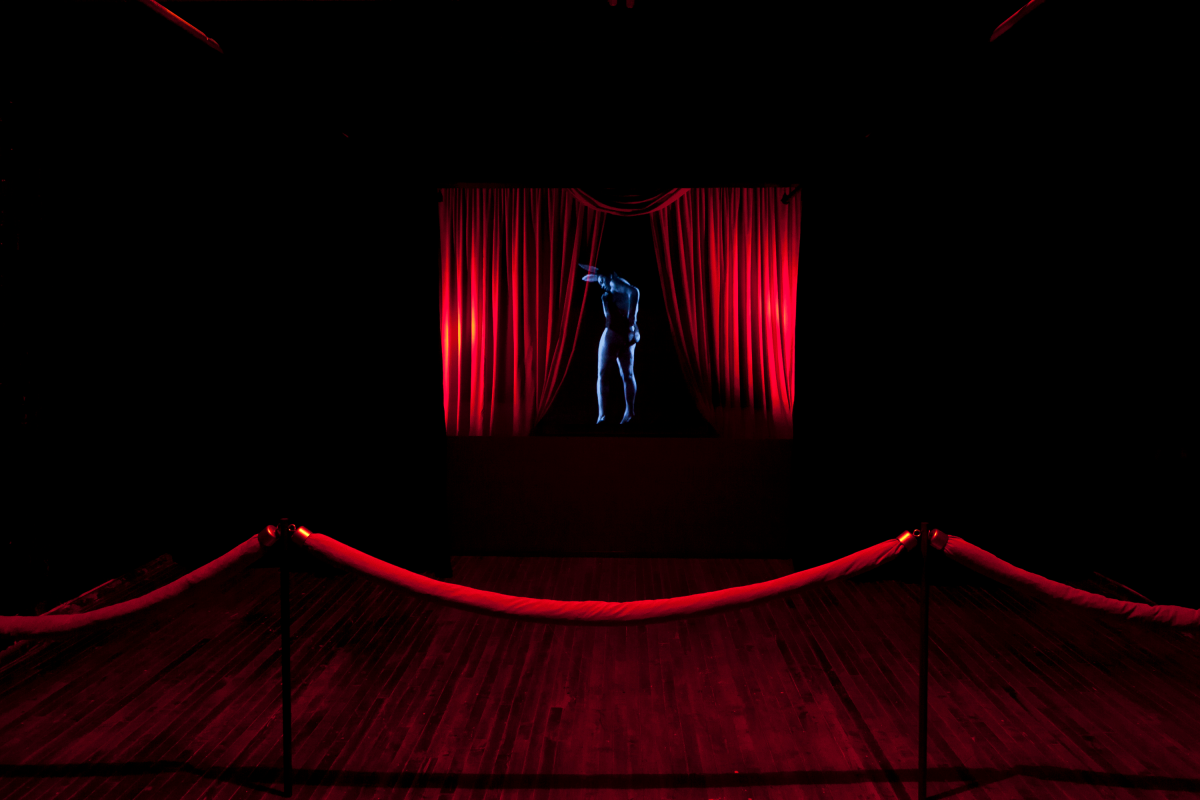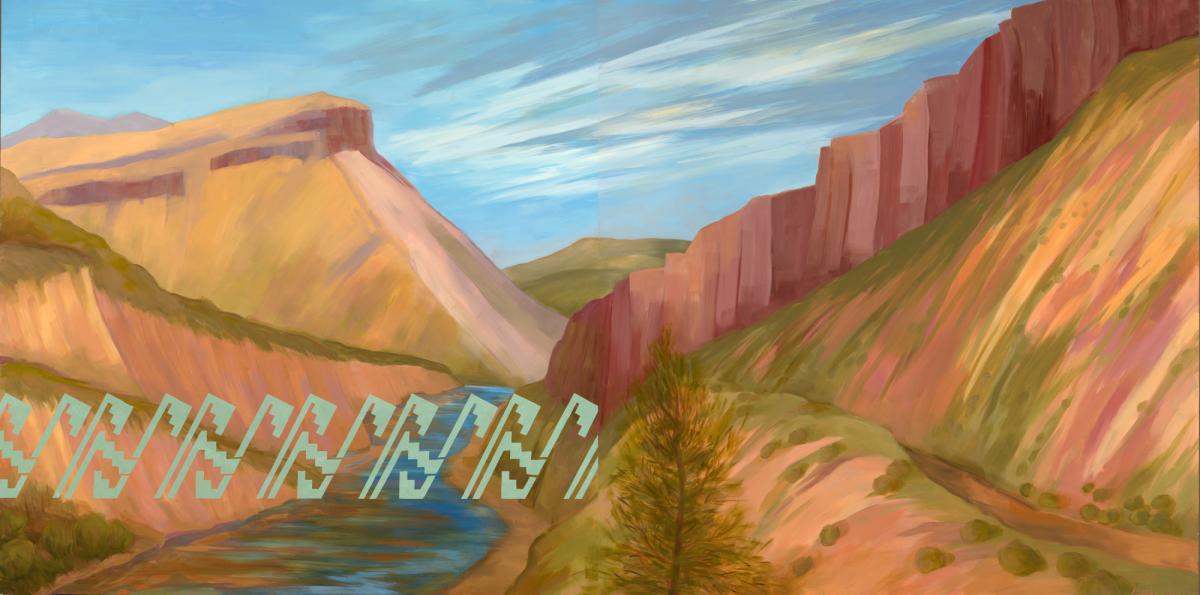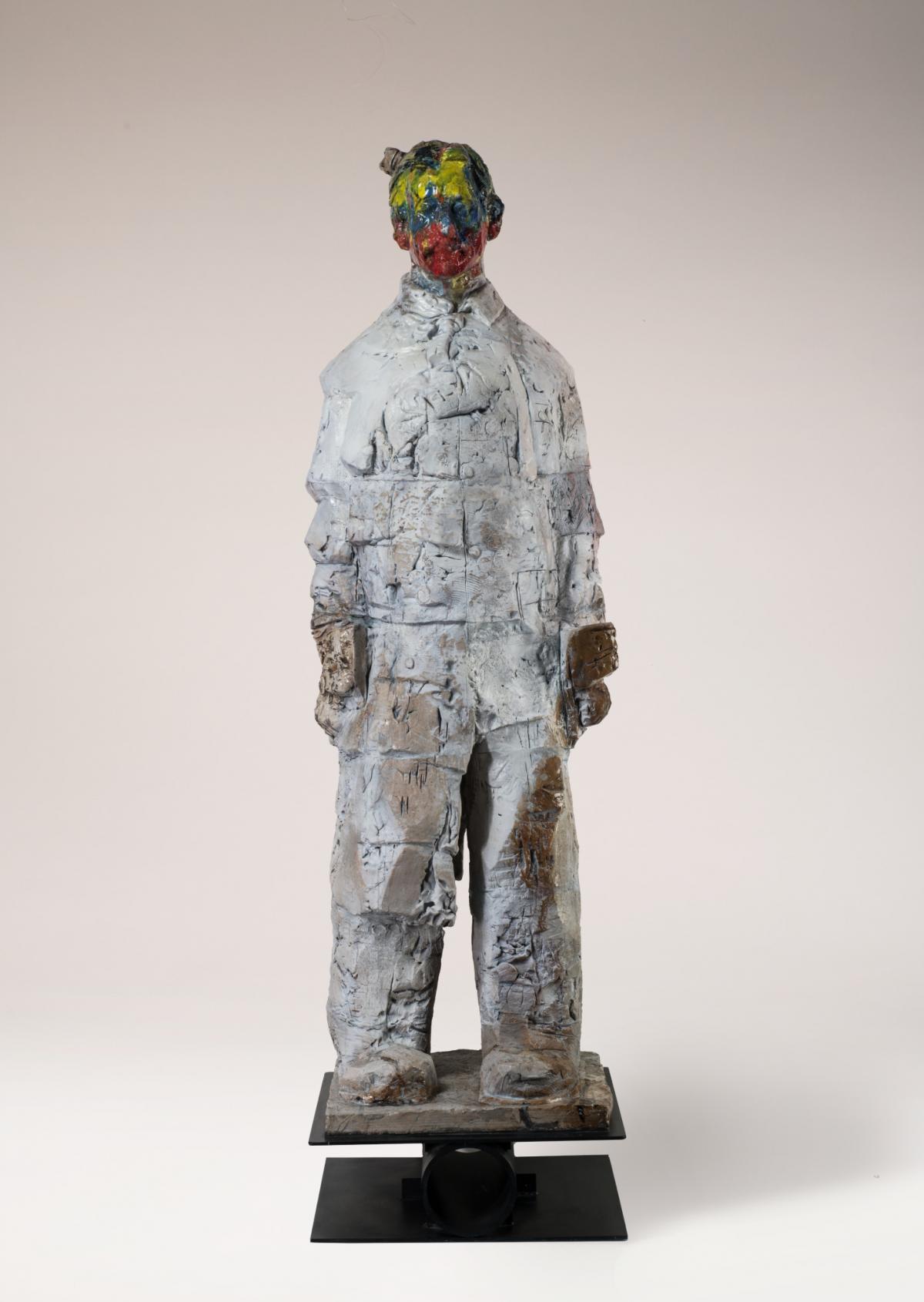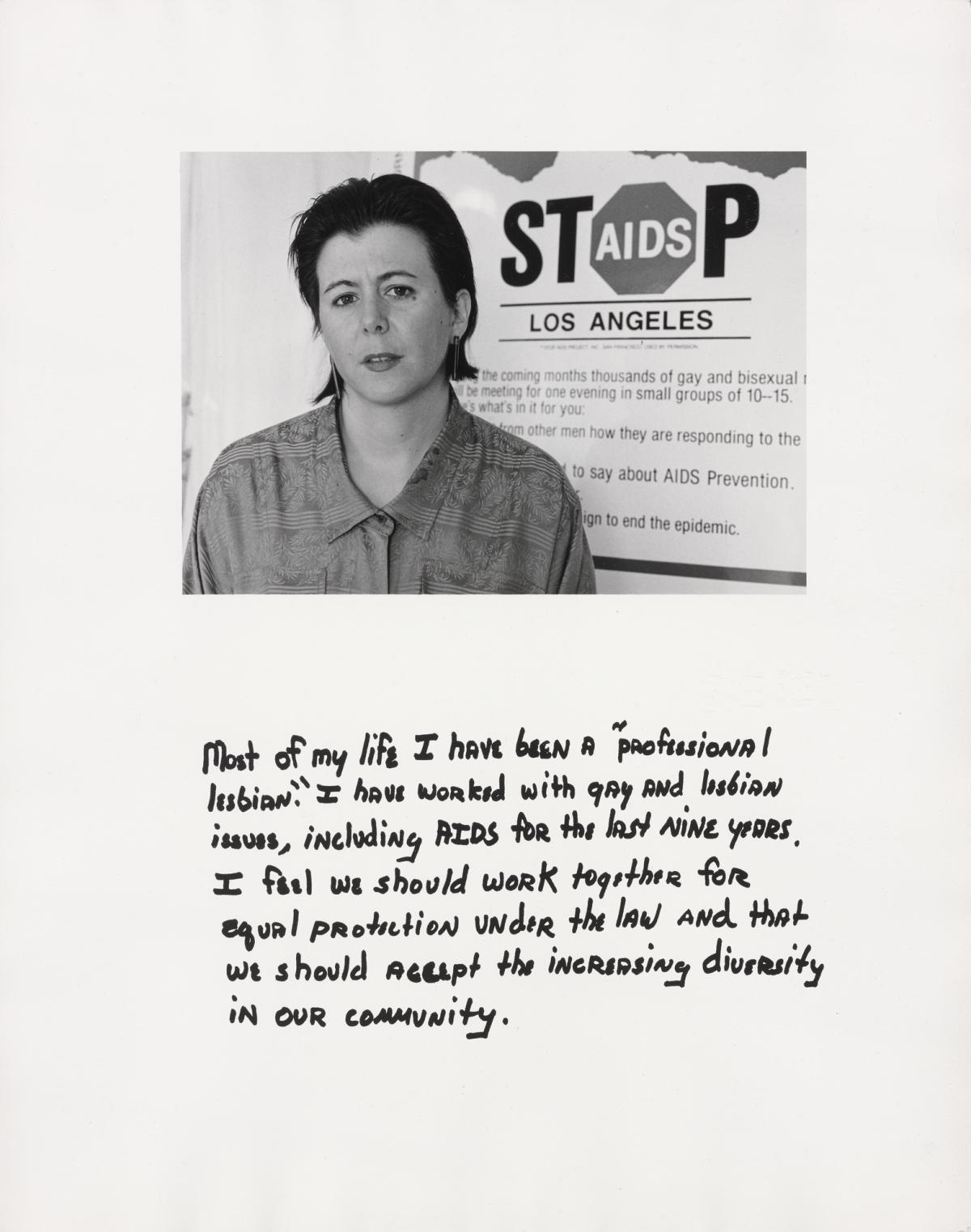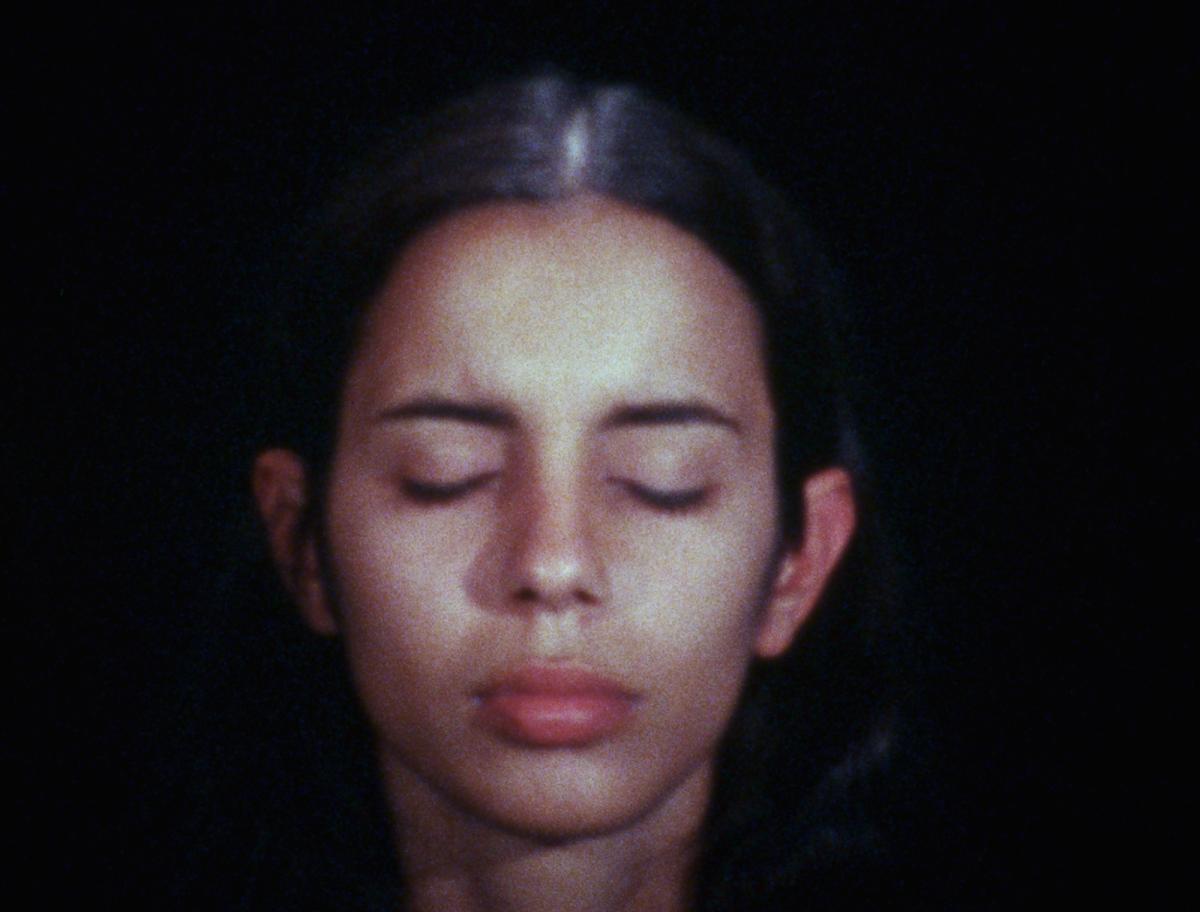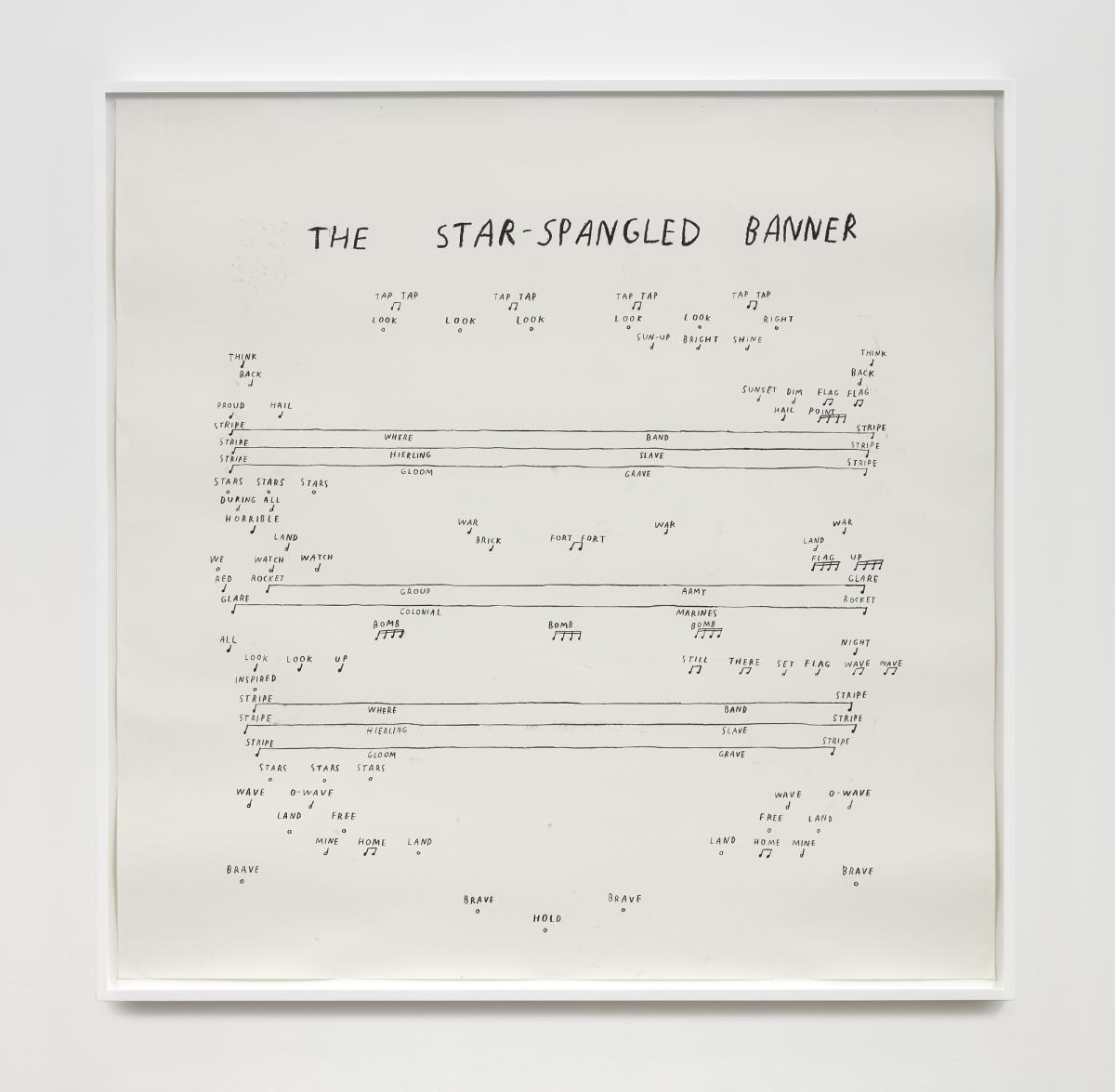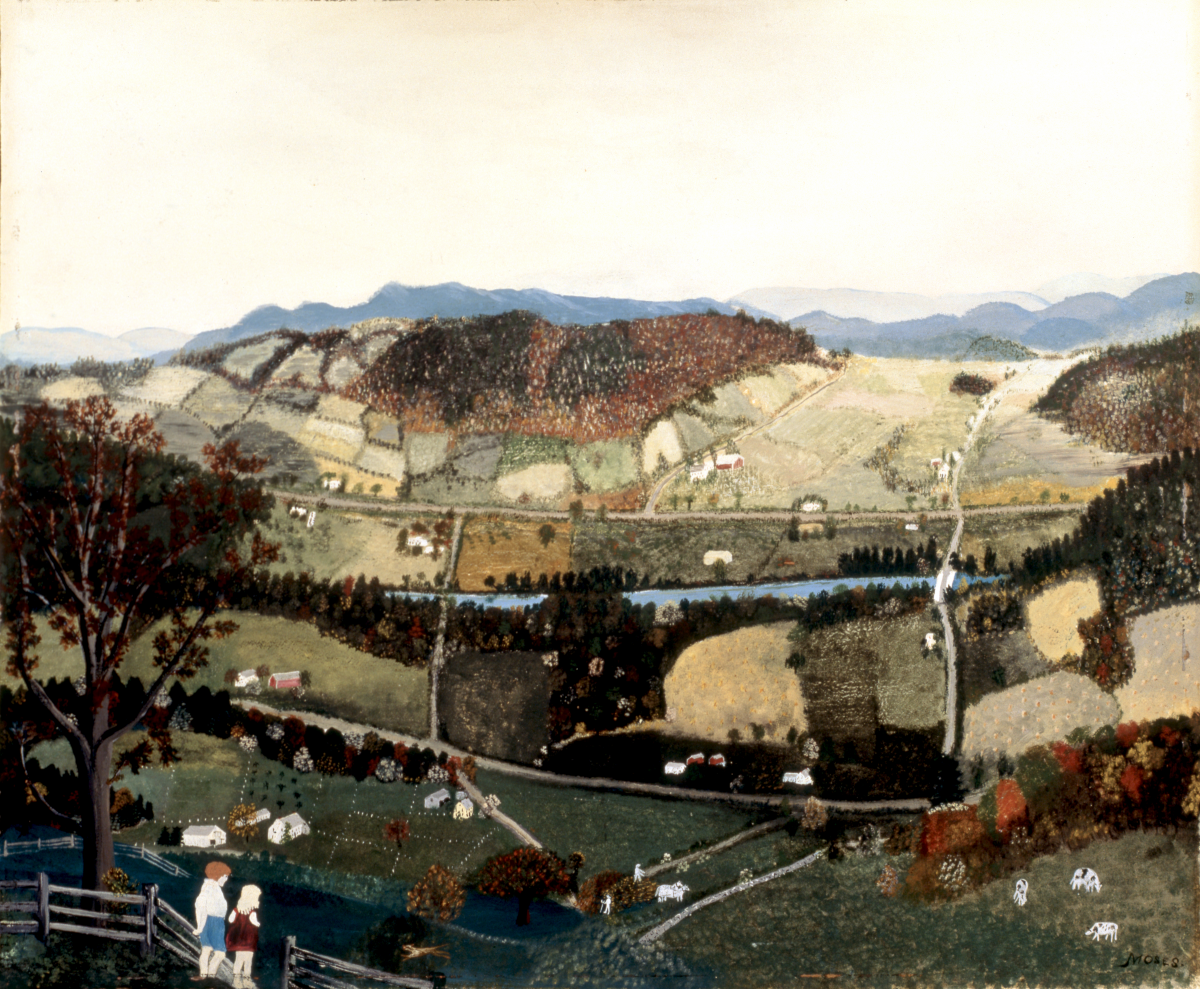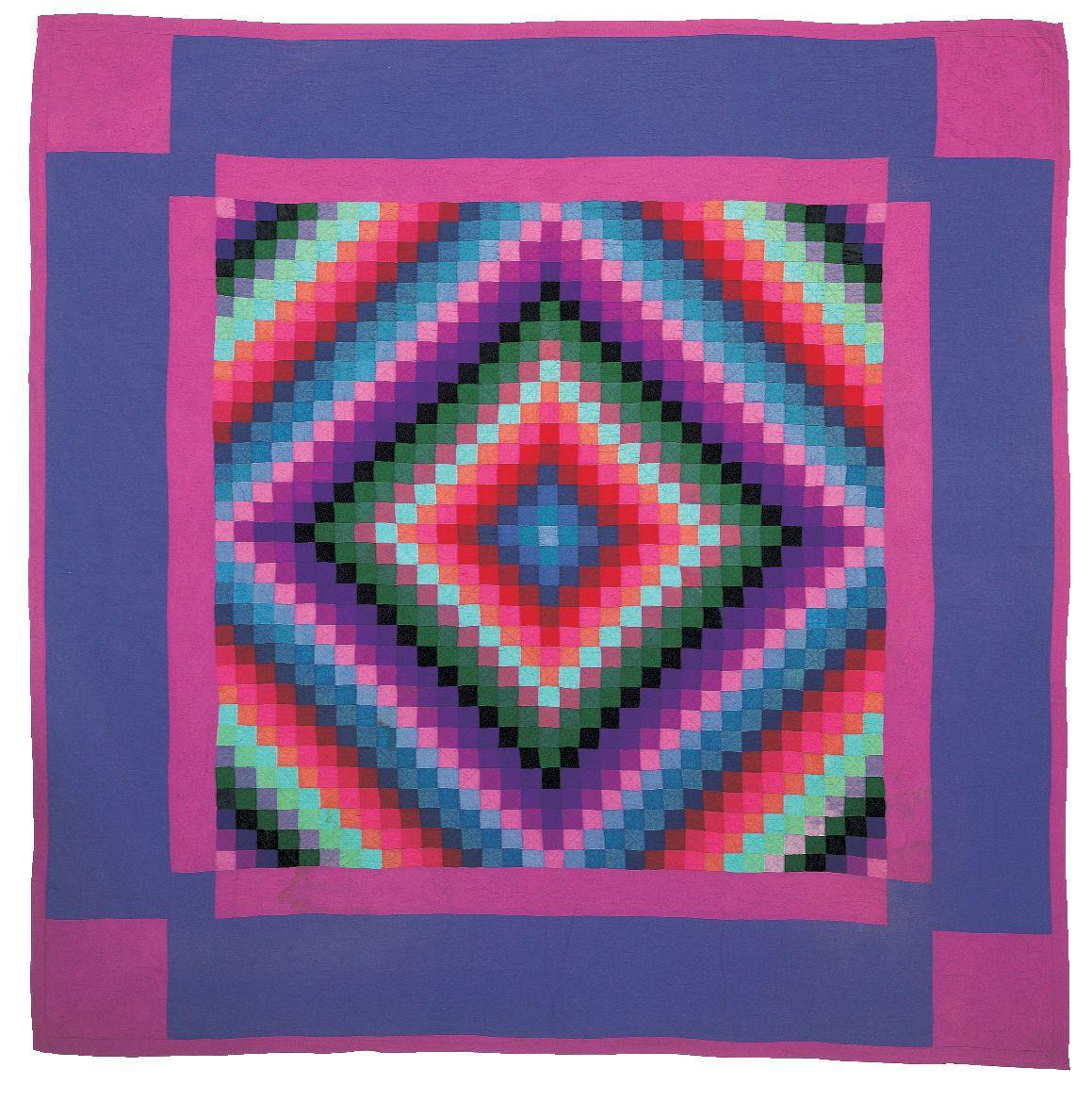Mindfully growing a collection to reflect changing perspectives is one of the most visible ways a museum can tell important stories. At the Smithsonian American Art Museum and its Renwick Gallery, our curators have had an incredible year, successfully acquiring artworks that let us present a fuller story of American art that includes often-overlooked histories and contributions of women, people of color, and marginalized communities.
As we say goodbye to 2021 and look back at the year, we want to share this year-end list of the artworks we’re most excited to see enter SAAM’s collection. From monumental installations of fiber and glass to video and sound works to paintings, quilts, and a collection of photographs that will transform what we know about photography and portraiture in the nineteenth century and the important role of African American artists, these are artworks to get to know. We can’t wait to share more stories about these powerful artworks and the artists who created them with you. See you in 2022!
Sonya Clark, Monumental, 2019
While exploring the galleries at the Smithsonian’s National Museum of American History, Sonya Clark came upon an unassuming dishtowel, the white cloth waved at Appomattox Court House in 1865 to signal the Confederate army’s surrender. Monumental is a woven replica of the truce flag enlarged to the monumental scale of fifteen feet by thirty feet, drawing allusion to another object in the National Museum of American History’s collection, the Star-Spangled Banner.
Carrie Mae Weems, Lincoln, Lonnie, and Me - A Story in 5 Parts, 2012
For four decades, Carrie Mae Weems has been an inspiring force in American art, using photography, text, textile, video, film, installation, public art, and performance to insist on the interplay between a shared but misrepresented past and our current challenging national dynamics. Weems subverts centuries of systemic oppression and erasure through camera-based works that are insistently beautiful, enticingly elegant, and quietly unnerving. Lincoln, Lonnie, and Me - A Story in 5 Parts is her most complex and sophisticated multimedia installation to date. Over the course of eighteen minutes, the ghosts of racialized and gendered performances past and present come in and out of focus, each with their own point to make, but together tracing an elusive journey through the American psyche.
Kay WalkingStick, Orilla Verde at the Rio Grande, 2012
One of three paintings acquired by acclaimed painter Kay WalkingStick (Cherokee), Orilla Verde at the Rio Grande helps fill a major gap in the museum’s collection of modern and contemporary art. The artist’s powerful landscape paintings, which imbue depictions of place with spiritual significance and cultural memory, are a declaration of Indigenous presence and persistence.
Read more about Orilla Verde at the Rio Grande.
Wanxin Zhang, Warrior with Color Face, 2009
Curators at our Renwick Gallery are proud to have brought into SAAM's collection Warrior with Color Face by Chinese American sculptor Wanxin Zhang. Reflecting on his youth in Maoist China and his experience as an immigrant in the U.S. since 1992, Zhang’s poetic figures blend influences drawn from the terracotta warriors of Xi’an and Bay Area ceramics, bridging time and culture to focus not on our differences, but on our shared humanity, a message that is deeply relevant today.
Laura Aguilar, Latina Lesbians, 1986-1990
Overlooked by the mainstream art world during her lifetime, Laura Aguilar’s photographs are now celebrated for her focus on disabilities, gender, race, sexuality, and beauty—demanding a rightful place for the artist within the history of American photography and earning her status as one of the most influential Chicana photographers of her generation.
Read more about Latina Lesbians series.
Ana Mendieta, Sweating Blood, 1973
Sweating Blood is one of the most iconic moving image artworks made by Ana Mendieta and is the first super-8mm film by the artist to enter SAAM’s collection. The artwork’s visceral power weaves together many of the conceptual themes that run throughout Mendieta’s work and demonstrate what makes her one of the most beloved artists of the twentieth-century and one of the most recognized Latina artists in the world.
Read more about Sweating Blood.
Christine Sun Kim, The Star-Spangled Banner (Third Verse), 2020
Christine Sun Kim brings attention to the forgotten third verse of the United States anthem, which invokes slavery as part of the nation’s founding, in this massive charcoal drawing. The score reflects Kim’s preparation to perform the song in American Sign Language at the 2020 Super Bowl, as well as her reckoning with the racist lyrics she learned of through that process.
Read more about Christine Sun Kim.
Grandma Moses, Cambridge Valley, 1942
Anna Mary (Robertson) Moses (1860-1961), better known as “Grandma Moses,” became the most famous female painter in mid-twentieth-century America. Her persona—a no-nonsense farm wife, mother, and grandmother—made her a national favorite, a cheerful and nostalgic alternative to abstract art and the male art-stars of the post-war and cold-war eras. Cambridge Valley shows a point of scenic overlook near Moses’s Eagle Bridge, New York farm and the Vermont border. She loved the encompassing view and made multiple paintings of this and similar vistas over the years. The painting occupies a transitional period in the artist’s development. It reveals her early explorations of translating the scenic fields and hills she saw in life onto a flat plane, and her developing style of depicting them akin to a patchwork quilt.
Faith and Stephen Brown Amish Quilt Collection
Full of exciting and unusual graphics, subtle color combinations, and intricate stitching, this collection of quilts embodies the astonishing design innovation and stitching skills of Amish women. The Browns were inspired to collect Amish quilts after seeing an exhibition at SAAM’s Renwick Gallery in 1973. Their entire collection, consisting of more than 100 quilts, will eventually join the quilts the couple donated to the museum this year.
Read more about the Faith and Stephen Brown Amish Quilt Collection.
L. J. West Collection of Early African American Photography
SAAM’s photography holdings were transformed with the purchase of the L. J. West Collection. With 286 objects of early American photography including works by important daguerreotypists James P. Ball, Glenalvin Goodridge, and Augustus Washington, SAAM has established itself as a center for research and new scholarship in this field. The collection also includes objects related to abolitionists and the role of women entrepreneurs in the Underground Railroad, and an unparalleled photographic jewelry collection that represents the bridge between miniature painting and early cased photography such as daguerreotypes, ambrotypes, and tintypes.
Read more about the L. J. West Collection.















